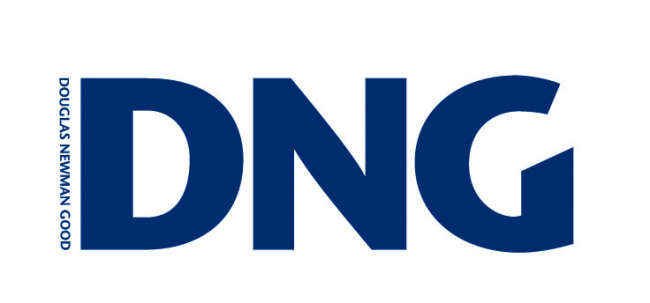
Dublin house prices are on a trend towards stabilisation, however the Government and the Central Bank need to exercise care in their interventions so as not to undermine the fragile property market warned estate agent DNG at the publication of its latest property guide.
According to the DNG the price of an average house in Dublin rose by 4.8% or €16,000 during the three months to the end of September 2014, but the rate of increase has dropped slightly from 8.9% in Q1 and 5.9% in Q2, according to the report.
This slower pace of house price inflation was also mirrored in the annual figures, which shows a slight easing back in the twelve months to September 2014 of 24.2% versus 25.2% in the year to the end of June 2014. However regulatory changes to finance and supply could have unintended impacts on the property market recovery warns the report.
Commenting on the impact of the proposed mortgage lending rules published by the Central Bank and the new reforms proposed for the planning process by the Department of the Environment Keith Lowe, CEO DNG said “Care is now needed by the Government not to over influence the property market’s recovery as they could introduce great uncertainty. The new Central Bank rules could force certain buyers to rent for longer as they save, thereby putting further pressure on rents, and consequently putting more pressure on supply as less properties come to the market for sale or to rent. Construction could also slow as builders and developers may be wary about potential buyer’s ability to save sufficient amounts to purchase new homes especially in the first time buyer end of the market. Available stock and access to finance have accelerated the price inflation to date and the announced measures could negatively affect both factors.”
Explaining the possible implications he added “There is a real risk that should prospective purchasers delay their buying decision in order to save larger deposits whilst continuing to rent and should builders delay or slow new house construction in fear of there not being sufficient ready purchasers, particularly at the first time buyer end of the market, the recent improvements in volumes of residential property coming to the market may slow again. Should this happen there will be certainly further upward pressure on house prices – exactly what the government claims to be seeking to avoid.”
Commenting on the proposed planning reforms Mr. Lowe added “With government and local authorities recognising the housing shortage and the need to take action, we disagree with some elements of the announced reforms to the planning process. Due to the lack of construction finance available and economic viability of some development sites the proposed introduction of an annual vacant site levy of 3% will hinder recovery and should be postponed for a future more appropriate time. Notwithstanding what has occurred in the past, this is not the time to penalise builders and developers as it is more construction that is needed not obstructions to supply recovery.”
For those in negative equity the report had some additional good news in that for the first time since the start of the economic crisis residential property prices are now less than 50% lower than the peak in Quarter 3, 2006. The average price of a resale property in the capital has now recovered to levels last seen in the middle of 2010.
The nine consecutive quarterly increases means that the average price of a resale residential property in Dublin now stands at €365,000, up from €349,000 at the end of quarter two, and €294,000 twelve months ago.
Price Changes Per Location
Prices increased in south Dublin by an average of 4.7%, with slightly slower growth in west Dublin (3.9%) and slightly stronger growth in north Dublin (5.5%) in the last quarter. However, over the previous twelve months, prices in west Dublin have recorded the strongest levels of growth at 31% whilst prices in south Dublin have seen a lower rate of increase at 22.4%. Prices in the south of the capital are still more than 50% below their peak levels versus 40% in west Dublin. Unsurprisingly west Dublin has also seen the strongest recovery with prices rising by almost 57% on average since the market low point.
Price Changes Per Price Bracket
House in the entry level bracket (sub €250,000) returned the strongest performance in terms of percentage price growth in the third quarter of the year with prices rising strongly at 7.1% or 38% since the beginning of the year, which is some ten percentage points more than any other price range on the HPG. This is explained by the strong demand from investors who are rushing to buy entry level properties which they must do by the end of this year in order to avail of the Capital Gains Tax exemption which the Minister for Finance has stated will not be extended past this year (at the present time any property purchased by the end of 2015 and held for 7 years will be exempt from Capital Gains Tax). Conversely prices at the upper end of the market have only risen by 18% on average in the previous twelve months.
Analysing the drivers of price increased Mr. Lowe, added “Strong demand for starter homes from both first time buyers and investors is the driving force behind the strong increases in the price of entry level property since the market low point of 2012. As demand in the Dublin residential market continues to outstrip supply and considering prices still remain at approximately half the levels seen at the peak of the previous boom we anticipate there is still some scope for further price increases across the remainder of 2014 and into 2015. Upwards revisions to economic forecasts, along with dropping employment rates and improving consumer spending and confidence will all contribute to the housing recovery.”
Full copy of the report is available on www.dng.ie







